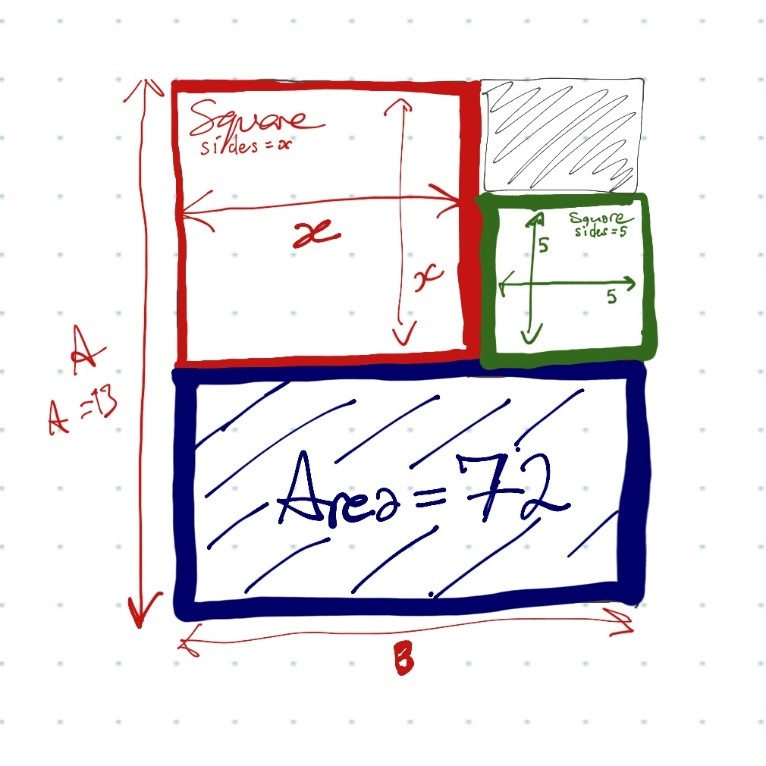
“An actuary and an AI walk into a pensions conference to determine who has the better grasp of mathematics ...” sounds like the beginning to a very bad joke, but the real question is … can you believe the AI hype when it comes to Generative AI tools being able to do maths?
In 2023, the buzz surrounding AI tools like ChatGPT and Claude reached a crescendo. However, as we forge ahead into 2024, I've observed a palpable shift in sentiment amongst actuaries and other professionals. There's an emerging narrative suggesting "this AI stuff is not all it's cracked up to be" with many casting doubts on the true capabilities of these tools.
In particular, I've encountered scepticism around AI's competence with maths. Critics often cite instances of egregious errors as proof that these tools are ill-equipped for intricate mathematical thinking. This scepticism is not without merit - and is often accompanied by examples as evidence - but is it still justified?
Under the Hood: The Next Wave of AI
Delving deeper into those notorious AI mathematical mishaps reveals a trend: all of the examples that I have seen stem from models now considered outdated, by at least a year. The AI domain evolves at breakneck speed, and the most recent wave of Generative AI has made notable advancements, especially in the realm of mathematical problem-solving and computer programming. This is particularly true when using the “paid for” models such as ChatGPT and Claude (full disclosure: the latter helped me to write this blog post!)
I recently had the privilege of showcasing this at an actuarial conference.
I challenged ChatGPT with a real mathematical problem, typical of a GCSE-level examination. See image below: I used this exact rough drawing with the AI tools. I think the outcome astonished everyone present.

With unmatched speed, ChatGPT not only accurately stated and then solved the maths problem but also presented a solution that was straightforward to validate as accurate. This wasn't happenstance – it's a testament to the swift progression of these tools.
Beyond the Hype: The Untapped Potential
Though the initial frenzy surrounding Generative AI may have subsided, the truth is that these tools are growing more useful each day. The latest iterations can manage complex mathematical tasks and write sophisticated computer programs, as well as generating first drafts of a blog. This surely brings new uses for the actuarial profession, and beyond.
But this is not a dialogue about supplanting actuaries or other professionals. Instead, it's about enhancing our capacity. By employing AI for routine computations and problem-solving, we can liberate time and resources to dedicate towards more strategic thinking and enhanced client service. Personally, I think that an actuary plus an AI tool is more powerful than either two actuaries or two AIs!
What’s the solution to this sample maths problem?
It’s relatively easy to express the problem mathematically as a quadratic equation (which is precisely what ChatGPT said and did - the full text of the ChatGPT solution is below for reference.) This can then be solved and two possible solutions arise. These have to be tested in the original problem and one is found to “work”.
Look away now, if you want to solve it for yourself!
The answer is x=7.
![Full Text output from ChatGPT [February 2024]](/media/o22mkndb/lcp-blog-chat-gpt-example.jpg)
So what?
As we tread through this AI-enhanced landscape, it's important to adopt a balanced long-term viewpoint. Acknowledging their limitations is essential, but so is remaining receptive to their possibilities.
I’m not sure you can believe all the AI hype, but the latest models can certainly solve problems that I think most people would categorise as “maths problems”. The fanfare may have diminished, but the reality of Generative AI's prowess is more remarkable than ever.
If you would like to learn more about how LCP is approaching AI, listen to our Beyond Curious podcast here or visit our AI hub here.





